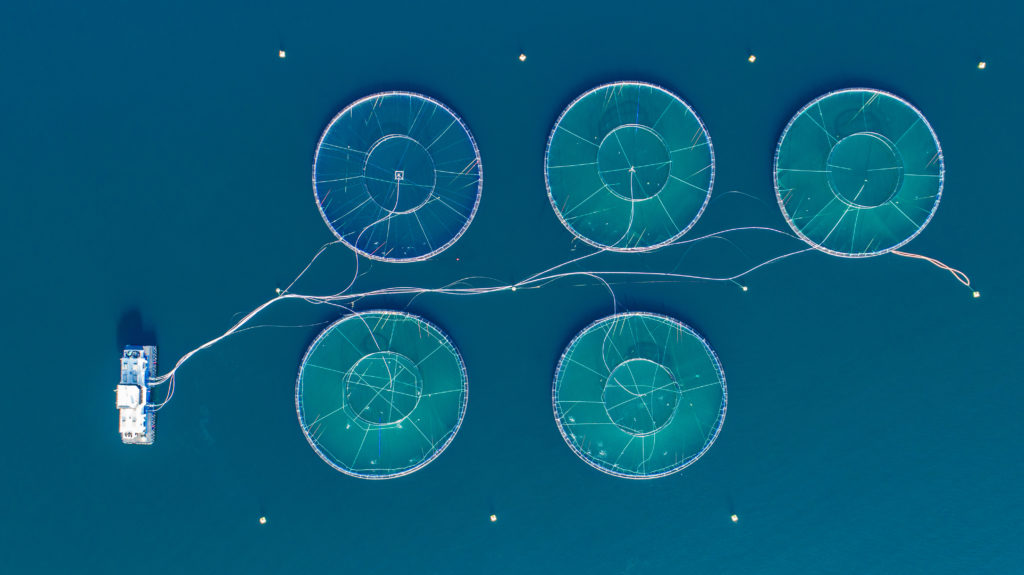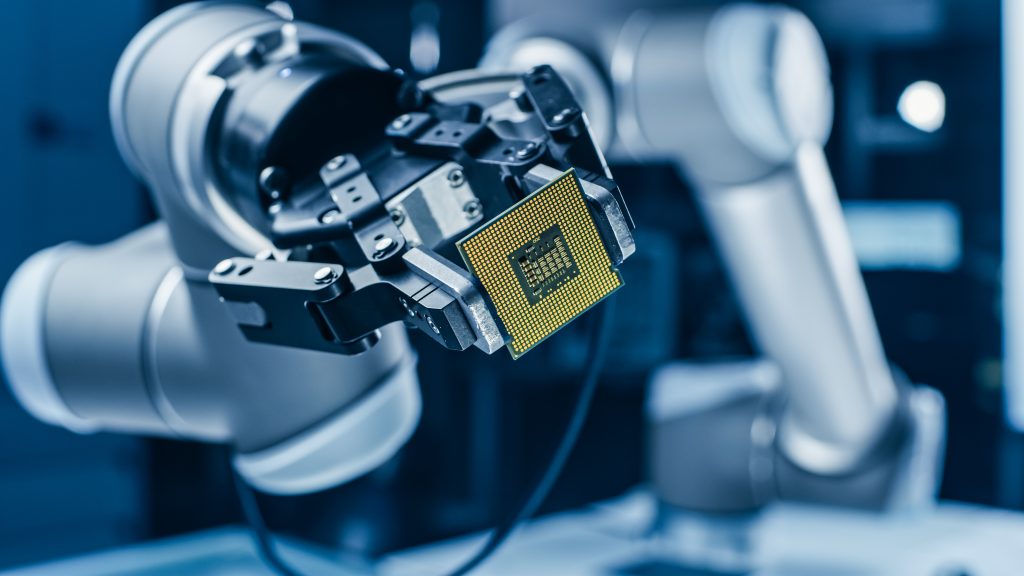From Paul Allen founding Microsoft with Bill Gates, to Ben and Jerry creating their much loved ice cream flavours, many of our modern technologies and luxuries are the product of collaboration.
Those within R&D will know the value of collaboration – rarely do breakthroughs result from the work of just one person. Teamwork between individuals allows us to pool our knowledge, combine our strengths, and so promote innovation and creative thinking. The same goes for collaborations between different companies. In fact, collaboration can sometimes be a necessity for companies that require additional resources or facilities to achieve their goal. Through collaboration, companies can combine their expertise, and reach new and innovative solutions.
With chemistry spanning such a vast array of different industry areas, it’s no surprise that collaborations are prevalent in the chemical field. One example in recent years being BASF’s collaboration with Adidas, which brought running shoes incorporating a highly elastic chemical polymer to market. All this is to say that cross-sector collaboration has the potential to bring about innovative chemical breakthroughs worthy of patent protection.
But, what are the risks associated with using a collaborative approach between separate companies, and how might this impact your patent strategy?
Who is the owner?
The first question that collaborators should consider before filing a patent is who actually owns the invention – the answer might not be as straight-forward as you think.
Ownership depends on each individual inventor’s relationship with the company in question. You might already know who owns your company’s contribution to the invention, but do you have full knowledge of who owns your collaborator’s contribution? Consideration of this at an early stage minimises difficulties arising in the future regarding patent entitlement, and is particularly relevant if rights might be assigned to a third party further down the line.
Who gets to file?
Having considered who the initial owners of the invention are, the next step is to decide where you want the final ownership of the patent to lie, and so in whose name to file the patent.
Filing in both/all names (co-ownership) might initially sound appealing, particularly when both/all companies have made an equal contribution to the invention – fair is fair, after all. However, co-ownership can bring its own problems – in Europe, co-ownership means that all parties must agree on the strategy used to take a patent through examination to grant. This can add time and complications when developing a patent prosecution strategy, and sometimes even aggravate frustrations between parties.
When considering co-ownership, the recent revocation of the CRISPR patent should serve as a warning for companies to make sure that not only the initial ownership is correct, but that the subsequent chain of title for any later priority-claiming filings is correctly determined and executed. Although not in the chemical field, this case clearly demonstrates the importance of correctly establishing a chain of ownership so that protection for exciting progressive technology is not lost as a result of non-compliance with what some might consider to be a mere legal formality.
Sole ownership is another option, where the patent is filed in the name of only one of the collaborators. However in this case, the remaining collaborators would be wise to reach appropriate licensing agreements as part of a collaboration agreement to ensure they are still left with the right to work the invention.
How best to draft?
A key consideration when drafting patent applications is that the patent must contain all information required to work the invention. This requirement, referred to as “sufficiency”, is particularly relevant for chemical inventions, where experimental data is usually necessary to fully support the invention across its entire scope.
This “sufficiency” requirement also has the potential to impact the patent drafting approach of collaborating companies. One tactic that collaborators might use (as a way to avoid filing a single application as co-owners) is to split the invention up across multiple patent applications according to each company’s contribution to the invention. This might seem appropriate when the invention spans multiple technology areas, particularly when a chemical invention sits at the interface of different fields. However, this can in fact bring complications when the respective contributions are inherently linked. When each contribution impacts the working of another, care must be taken when splitting up the contributions into separate applications, to avoid the patent applications falling foul of sufficiency requirements.
It goes without saying that collaborations can bring many positives, such as confirming and developing working relationships and bringing new innovations to light. However, the above highlights how there are a number of IP considerations that should be borne in mind at an early stage, to enable businesses to fully leverage the potential commercial gains of collaboration.
If collaboration is a part of your R&D strategy and you want to ensure your intellectual property is protected, email rebecca.matheson@gje.com.


